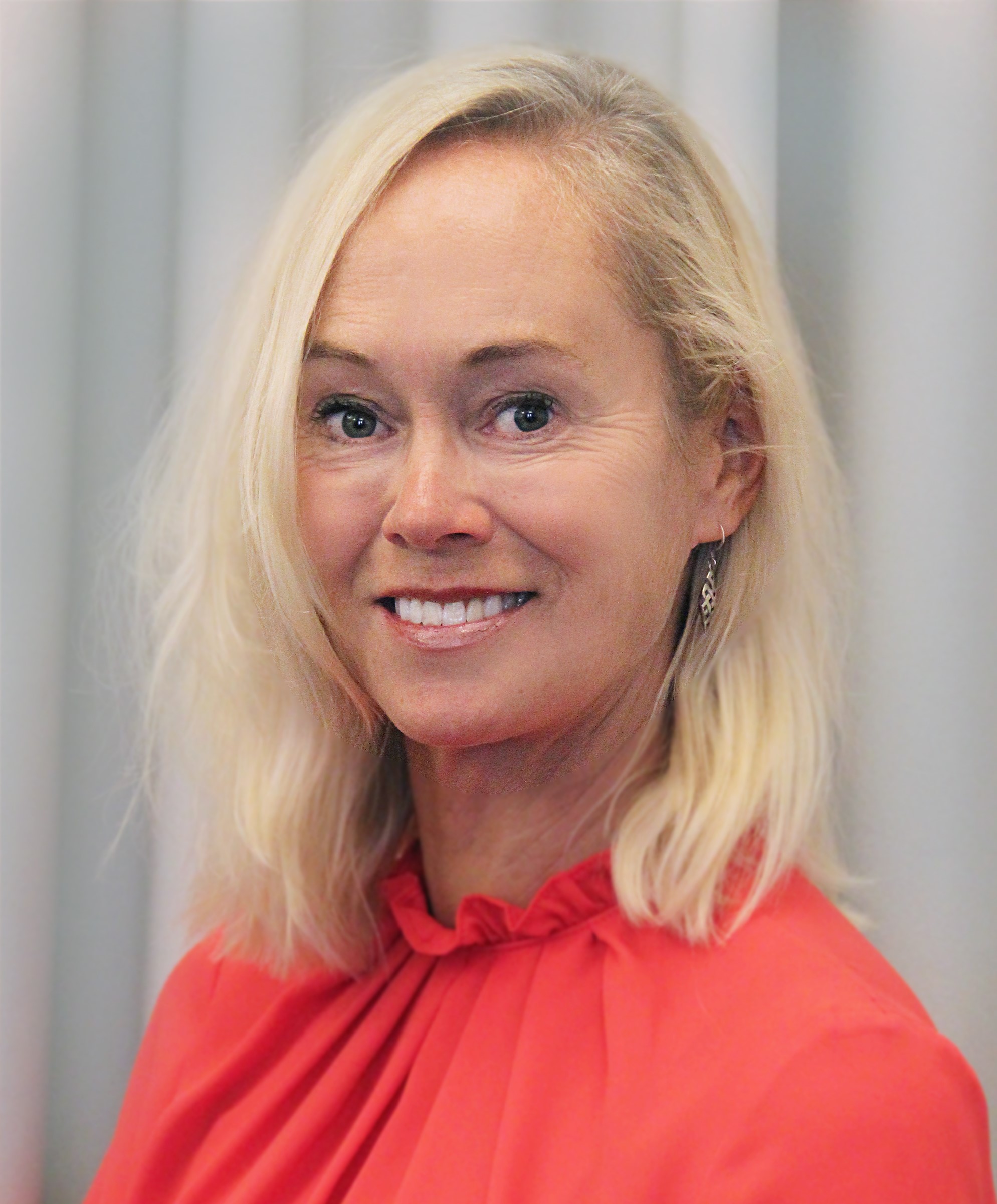PERSPECTIVES
Harmful algae blooms plague aquatic ecosystems around the world. They impact water quality and ecosystem diversity, cause dead zones, and cost the fishing and tourism industries millions of dollars. In this project, different genotypes of Daphnia magna were compared for algae consumption. The most effective genotype was then tested under different environmental conditions to see which factors helped or hindered their success at harmful algae bloom treatment and prevention. It was discovered that genotype 4 is the ideal genotype of D. magna to biomanipulate to treat and prevent harmful algae blooms, can effectively do this in nutrient and plastic polluted environments, and can have their health and success improved through calcium carbonate and naturally occurring aquatic microbes.
This is how I came up with the idea for this project:My father, a commercial fisherman, could no longer fish in certain areas due to harmful algae blooms so I researched to find a method to treat and prevent harmful algae blooms. I learned the concept of biomanipulation, and which species of zooplankton was best to treat and prevent algae blooms.

Programme manager ania.andersch@siwi.org +46 8 121 360 59